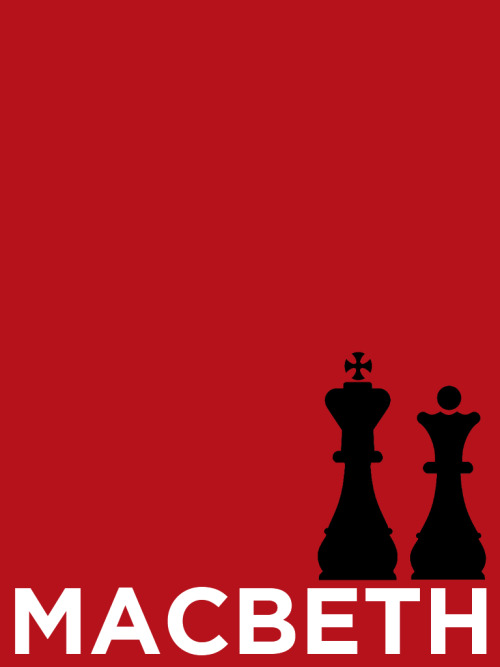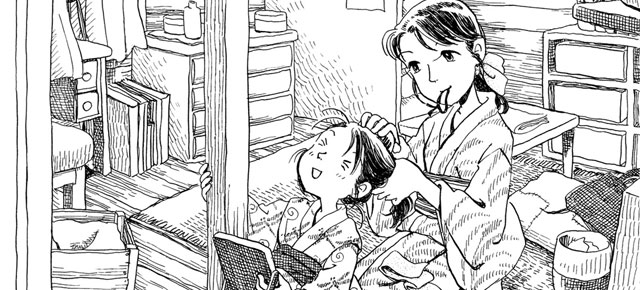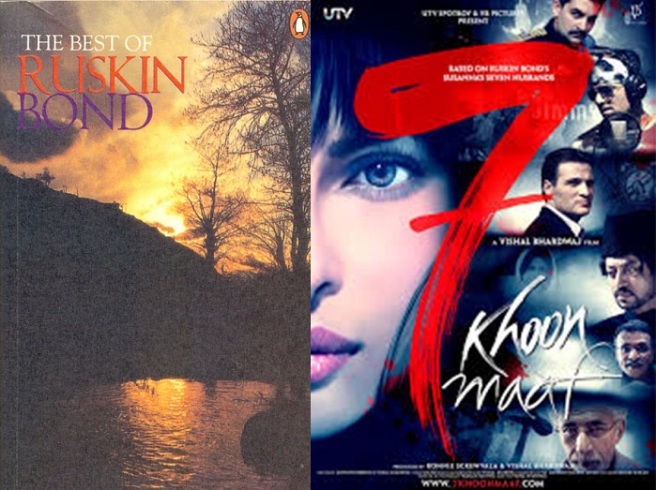Navya Denis
History is a weave of moments, remains of a time behind gathered together to speak of the making of the present. It can be traced through multiple parallel narratives in various mediums and forms. It is represented through different pairs of eyes at every point, we can often see myriad views on the same subject projected through similar or diverse mediums. The stories of history therefore from single narratives of experiences are often incomplete. Visual narratives play a seminal role in such a discovery of history. They portray the perspectives of the respective artists or creators of the narratives, who in turn project a subjective view of their own. Therefore, all narratives are extremely layered, they are sieved through visible, rather obvious layers of interpretations as well as extremely subjective personal world views. Mark Twain, once rightly said, “History doesn’t repeat itself, but it does rhyme.” Accordingly, seemingly same or repetitive histories, for example, consecutive colonisations of a country is seen to differ in its essence and results. Obvious changes are observed along with specialised adaptations to the current regime. Impressions of such transitions are left on the minds of the people and therefore on the various narratives of history. A closed-reading of such narratives helps us to point out the sharp turns, the violent and absolute alterations in the course of being a colonised space. Visual narratives hold the best depictions of these, maps showing demarcations of territory tracing the expansion and even abridgement of power. Similarly, paintings and sculptures of the time act as markers of time and sensibilities particular to a time, even photographs from more recent history contributes to this understanding of the past. Further, reading these along the written and oral narratives will result in a more wholesome understanding.
The combined reading of historical writings and documents along with visual narratives gives us not only the intended meanings but also the inherent, unsaid emotions, which therefore implies the political and social spheres of the time. Such a combined reading facilitates a multifaceted and wider understanding of history. The objective quality of the proposed version of history is enhanced when we use visual narratives as it reduces room for imagination, it offers a more packed image for our study. Maps, paintings, sculptures and architecture of a time act as the connecting links, a sort of continuation that takes us into the next phase of history, almost as if to avoid blank spaces in between. It also provides an overlap of seams that joins history together thus darkening the shadow lines, blends together hues to produce a close-to-truth depiction. The basic instinct behind museums and heritage sites is not different. They make use of the exploratory quality of visual narratives and puts up a logical narrative to depict history, focusing on events that are said to be key to a time.
We will look at Kochi through its making, the ingenious blend of currents from times behind. It is often said that this city in Kerala holds almost a cosmopolitan spread of people and cultures. It contains obvious traces of its antiquity and holds it with pride. In Kochi, we do not require to visit a museum to see the impressions of another time. It is seen in the architecture, statues, paintings, milestones in memory of war and so on. The memories of multiple imperium are seen to be overlapping with each other, giving us a vision of the consecutive succession of colonial powers.
Cochin Saga, by Sir Robert Bristow is one of the important sources of historiography of Kerala. The author was a British harbour engineer, best known for his contributions to the development of the port of Kochi in India. Cochin Saga (1959) tells the history of Kochi as four parts, of which part one is of relevance to our examination. Politically, it shows how the alternating accessions to supremacy by European nations displaces previous powers in their influence abroad and also affects the fortunes of those countries with whom the previous powers had formerly traded.
Sir Robert Bristow has selected the history of the port of Cochin, where he spent the last twenty-one years of his Government service to trace the development of Cochin as an important mark on the trade map. Cochin is the centre of Malabar and South Indian commerce, but originally, and within the same area of the sheltered lagoons or backwaters which characterize the coastline of Kerala, lay the port of Muziris- the first and chief emporium of India, according to ancient writers.
For many centuries up to and during the British Raj, the city of Kochi was the seat of the eponymous princely state. It traces its history back many centuries, when it was the centre of Indian spice trade for hundreds of years, and was known to the Yavanas (Greeks and Romans), Jews, Arabs and Chinese since ancient times. The city earned a significant position on the world trading map after the Muziris port at Kodungallur (Cranganore) was destroyed by massive flooding of the river Periyar in 1341. After the destruction of the first and chief emporium of India, according to ancient writers, Kochi emerged as an important centre of commerce in the trade map. Now, this port city also played a seminal role in the colonisation of the region making it one of the most sought after colonies owing to its riches and produce.
Till the 14th century, there wasn’t any trace of Kochi in the travelogues of many historians and travellers like Ptolemy, Marco Polo and Ibn Batuta, which makes it clear that Kochi was nothing more than a little village then. The earliest documented references to Kochi as a port occur in the books written by the Chinese voyager Ma Huan, during his visit to Kochi in the 15th century as part of the treasure fleet of Admiral Zheng He. There are also references in accounts written by the Italian traveller Niccolo Da Conti, who visited Kochi in 1440.
European commercial, economic and political interests found their way to different countries of the East, subordinating their institutions, ideas, economies, cultures, political systems and practices, in short, the whole way of life of the peoples to the needs of each individual maritime power(22)
says Dr. T.K. Raveendran in his book History of South India.
This process of modern colonisation began with the coming of the Portuguese, making it the scene of the first European settlement in India. The presence of the Portuguese in Kochi and the history of that phase of colonisation is featured across this city. Traces are strewn across varied spheres of living- religion, music, architecture, art forms and so on. Latinisation of Christianity and the conversion of the entire populations were the twin aims of the Portuguese besides the promotion of commerce. Visual narratives that clearly depict this presence are found in many places in Kochi especially in the Santa Cruz Basilica, where the architecture and paintings are predominantly indicative of these influences. The columns are decorated with frescoes and murals, including seven large canvas paintings on the passion and death on the Cross. Worthy of special note is the painting of the Last Supper, modelled on the famous painting of Leonardo da Vinci, and the beautiful stained glass windows which add to the artistic grandeur of the place. The paintings that adorn the ceiling depict scenes from the Via Crucis of Christ.
Similarly, St. Francis CSI Church, in Fort Kochi (a.k.a. Fort Cochin), originally built in 1503, is the oldest European church in India and has great historical significance as a mute witness to the European colonial struggle in the subcontinent. The Portuguese explorer Vasco da Gama died in Kochi in 1524 when he was on his third visit to India and his body was originally buried in this church, but his remains were moved to Lisbon in 1539. Fort Immanuel, situated at Fort Kochi is a bastion of the Portuguese in Kochi. It was a symbol of the strategic alliance between the Maharajah of Kochi and the Monarch of Portugal, after whom it was named. Built in 1503, the fort was reinforced in 1538. By 1806 the Dutch, and later the British, had destroyed most of the fort walls and its bastions. Today, remains of this once imposing structure can be seen along the beach.
Further, The arrival of the Dutch in India in 1602 turned the tide against the Portuguese. The Dutch came into cordial relations with the local rulers of Kerala with the aim of strengthening their trade relations with Kerala and reducing the influence of Portuguese in the local politics of the land. The Dutch, when compared with the Portuguese, made very little contribution to Indian life. Their primary aim was to promote trade to their best advantage.
The Mattanchery Palace was built and gifted by the Portuguese as a present to the king of Cochin around 1555. The Dutch carried out some extensions and renovations in the palace in 1663, and thereafter it was popularly called the Dutch Palace. Today, it is a portrait gallery of the Cochin Rajas and notable for some of the best mythological murals in India, which are in the best traditions of Hindu temple art. The palace was built by the Portuguese to appease the king after they plundered a temple nearby. The palace is a quadrangular structure built in Nalukettu style, the traditional Kerala style of architecture, with a courtyard in the middle. Certain elements of architecture, as for example the nature of its arches and the proportion of its chambers are indicative of European influence in basic Nalukettu style.
One of the oldest existing Dutch palaces outside Holland is Bolghatty Palace, a quaint mansion, built in 1744 by the Dutch traders, was later extended and gardens were landscaped around it. The building was then the Governor’s palace for the commander of Dutch Malabar, and later in 1909 was leased to the British. It served as the home of the British Governors, being the seat of the British Resident of Cochin during the British Raj.
Chavittu Nadakam is a highly colourful Latin Christian classical art form originated in Gothuruth, Cochin. It is noted for its attractive make-up of characters, their elaborate costumes, detailed gestures and well-defined body movements presented in tune with the rhythmic playback music and complementary percussion. This art form highly resembles European Opera. Chavittu Nadakam is believed to be originated during the 16th century AD, the era of colonisation in Kochi. The most sensual blend of cultural influences can be seen in this Latin Christian dance-drama. Historical incidents like the life and adventure of heroes like Charlemagne; stories of Alexander and so on were the themes of Chavittu Nadakam during the time of its origin. Moreover, the costumes used are clearly showcasing the local perception of the foreign from stories and what they saw. This is clearly a connecting visual narrative between two cultures.
Further, Sir Robert Bristow proceeds to talk about the British influence in Kochi, especially on the economic front. They took over other structures left by their predecessors and considered trade as their prime territory. The reign of three colonial rules have brought tremendous changes in the mood of the city right from the Portuguese invasion in the year 1500 followed by Dutch invasion in 1662 and the British dynasty that followed. A hundred years before the English East India Company had been conceived, English merchants had sought a direct route to the Far East. An important icon of British domination is the Aspinwall House. The property was originally the business premises of Aspinwall & Company Ltd. established in 1867 by English trader John.H. Aspinwall. Under the guidance of Aspinwall the Company traded in coconut oil, pepper, timber, lemon grass oil, ginger, turmeric, spices, and hides and later in coir, coffee, tea and rubber. The important monuments that calls out for attention during this era is the Cochin Port and also Willingdon Island. In an attempt to save a good 580 miles of navigation towards Bombay, the port of Cochin was made the port of call. Built under the guidance of Sir Robert Bristow the port influenced the destiny of the city to a great extent. Willingdon Island, the first man-made island in the world was formed using the sand dredged out for the port. Bristow emphasises on the point that ‘The history of civilization is written largely in the history of its ports’.
Cochin Saga, which is a great book for the historiography of Kerala, however holds elements of Anglocentric superiority complexes. Written by a British deputy in a colony, the book has many descriptions of the yet to be civilised and appropriated by the English forces. Bristow makes comments on the life and ways of the local people in his accounts. A sense of the Orient and the features attached to it as presumed and therefore perceived by the Occident are quite evident in his writing. If not prescriptive in his attitude towards the natives, his position is clearly of an outsider, clearly depicted by the shift in his tone while speaking of anything that is indigenous to the colony. For example, in the following extract, Bristow describes a marketplace, known as ‘pandikashala’ where the majority of business exchanges took place:
British Kochi and Mattanchery were the crowded fringes of the harbour water-front: a few rows of houses or business premises, and, behind these, leagues of coconut groves sheltering tiny habitations of hard earth or bamboo and leaf, each set in a small compound with an open tank for its brackish surface water, the beach nearby for its sanitary convenience. Children not to be counted, naked and happy, played with each other, or with a dog, or a fowl, staring round-eyed at passing strangers. Child-mothers, baby on hip, carrying water or food, were ubiquitous; wrinkled and grizzled grandmothers sat at the doors of the huts, silent but seeing. Such was Cochin. (Bristow 55)
CONCLUSION
Cochin Saga is indeed a great record of history, but takes a colonial attitude in its descriptions. Though we cannot say that Bristow’s work is an absolutely belittling or oppressive text, yet it contains traces of the flawed viewpoints of a coloniser’s gaze. The above extract tells us the way in which an English highly placed official on deputation to a colony would typically look at Cochin.
Bibliography
Bristow, Robert Charles. “Introduction.” Cochin Saga; a History of Foreign Government and Business Adventures in Kerala, South India, by Arabs, Romans, Venetians, Dutch, and British, Together with the Personal Narrative of the Last Adventurer and an Epilogue. Second ed. Ernakulam: Paico Pub. House, 1967. 55+. Print.
Chapter. British Colonization in Kerala (n.d.): n. pag. http://shodhganga.inflibnet.ac.in/bitstream/10603/22485/13/13_chapter3.pdf. Web. 10 Jan. 2017.
Chopra, Pran Nath., T.K Ravindran, and Nainar Subrahmanian. History of South India. New Delhi: Chand, 1979. Print.











